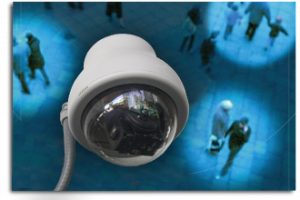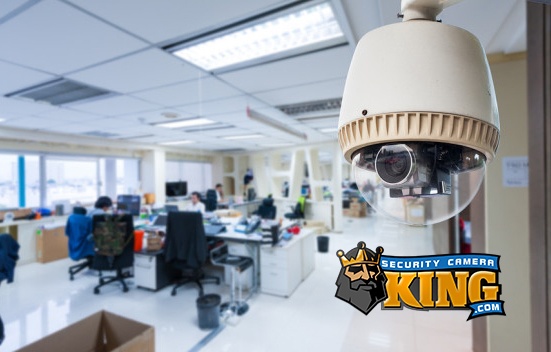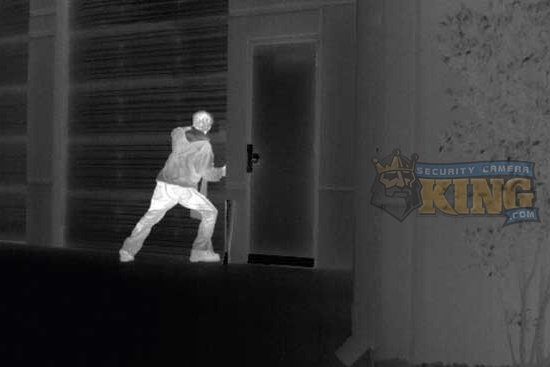 Closed Circuit TeleVision or CCTV video storage is available in many different forms. Sometimes the type of storage device and medium is dependent on the type of camera. In the following article, we’ll take a look at some of the more common methods of CCTV Storage.
Closed Circuit TeleVision or CCTV video storage is available in many different forms. Sometimes the type of storage device and medium is dependent on the type of camera. In the following article, we’ll take a look at some of the more common methods of CCTV Storage.
Before we continue our discussion on CCTV video storage, let’s briefly review how a digital video security and surveillance system works. Normally the system consists of a digital video camera, a Digital Video Recorder or DVR, and a monitor (or several monitors).
The camera captures the video footage and transfers it into an electronic form, sends it to the DVR for storage, and/or to a monitor for live viewing. If the video is stored on a DVR, it can be retrieved at a later date and viewed on the monitor at that time.
Since CCTV became digital (it used to be a totally analog system several years ago), the system’s components seem to mimic a personal computer system in many ways. Although a CCTV DVR is not a personal computer, it has processors and other items, including a Hard Disk Drive or HDD just like a personal computer. The HDD is where the CCTV video storage for the system takes place.
The CCTV video storage HDD is a non-volatile medium that utilizes random access digital storage. Non-volatile means that the recorded data remains even if the unit is switched off. Random access storage means the disk drive stores the data in a random fashion on the disk in such a way as to make CCTV video storage as quick a process as possible. The disk contains read/write heads that float on a very thin space above the disks and save and retrieve the data magnetically.
The DVR normally uses a utility program known as a CODEC which stands for COmpression/DECompression to shrink the size of the incredibly large digital video file it creates before storing it on the HDD. The CODEC reduces the size of the file while maintaining a high quality video image. There are several CODECs available and as digital technology advances, quite often so too does CODEC technology.
The most popular and latest CODEC technology used for CCTV video storage is the H.264 CODEC. This utility is used to prepare files for saving to the HDD as well as streaming them across a network or the Internet. Digital video files can become quite large; using a CODEC enhances the ability of the CCTV video storage medium tremendously.
Once the HDD is full, it begins erasing old video and recording new video over it. The smaller area taken up by the digital video files or the bigger the HDD storage capacity, the longer the period of storage without the need for transferring it to another storage medium for backup such as a DVD.
There are other types of CCTV video storage besides DVRs and their corresponding HDDs depending on the digital video system. For example, cameras are available today that are IP ready (Internet Protocol ready). These camera can be plugged into the Internet and stream their files to any location i the world where there is broadband Internet service (this includes 3G and 4G smartphones).
The device used to control and coordinate these types of cameras often looks like a desktop computer instead of the flatter DVR and is known as a Network Video Recorder or NVR. Using compatible cameras and an NVR, cameras can be in more than one physical location (i.e. large distances apart such as in two different stores within the same city) and still record to the NVR.
There are other types of digital video security and surveillance systems that may not meet the characteristics of conventional CCTV systems, but none-the-less technically use CCTV video storage. Often times these systems are remote, portable, or hidden/disguised systems that often contain everything (except the monitor) within one unit.
The CCTV video storage on these units is often saved to a variety of other non-volatile portable storage media such as CF cards, Flash Thumb Drives, and SD media. These units save the digital video file in the same manner as full size CCTV systems, but are much smaller and compact for the purpose of their designated use.
CCTV storage today has come a long way in a very short time and HDDs have increased from holding megabytes of data to Terabytes. If you have any addition questions about CCTV storage, contact one of our security experts today.












